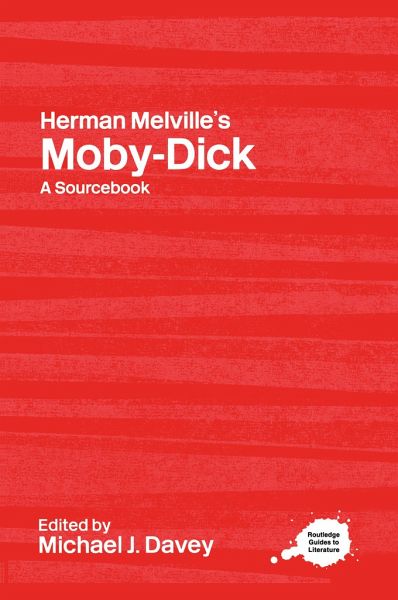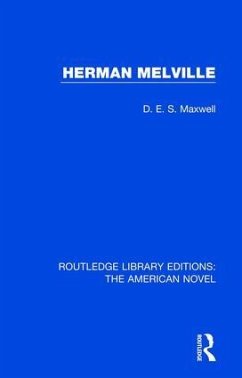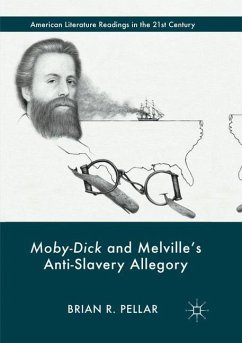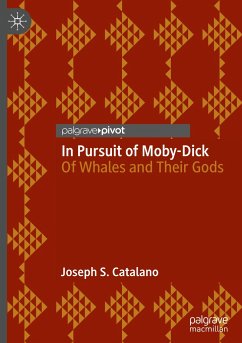
Herman Melville's Moby-Dick
A Routledge Study Guide and Sourcebook
Herausgeber: Davey, Michael J.

PAYBACK Punkte
54 °P sammeln!
No book is more central to the study of nineteenth-century American literature than Herman Melville's Moby-Dick; or The Whale. First published it 1851, it still speaks powerfully to readers today. Combining reprinted documents with clear introductions for student readers, this volume examines the contexts of and critical responses to Melville's work. It draws together: *an introduction to the contexts in which Melville was writing and relevant contextual documents, including letters *chronology of key facts and dates *critical history and extracts from early reviews and modern criticism *fully...
No book is more central to the study of nineteenth-century American literature than Herman Melville's Moby-Dick; or The Whale. First published it 1851, it still speaks powerfully to readers today. Combining reprinted documents with clear introductions for student readers, this volume examines the contexts of and critical responses to Melville's work. It draws together: *an introduction to the contexts in which Melville was writing and relevant contextual documents, including letters *chronology of key facts and dates *critical history and extracts from early reviews and modern criticism *fully annotated key passages from the novel *a list of biblical allusions *an annotated guide to further reading. Extensive cross-references link contextual information, critical materials and passages from the novel providing a wide-ranging view of the work and ensuring a successful and enjoyable encounter with the world of Moby-Dick.














